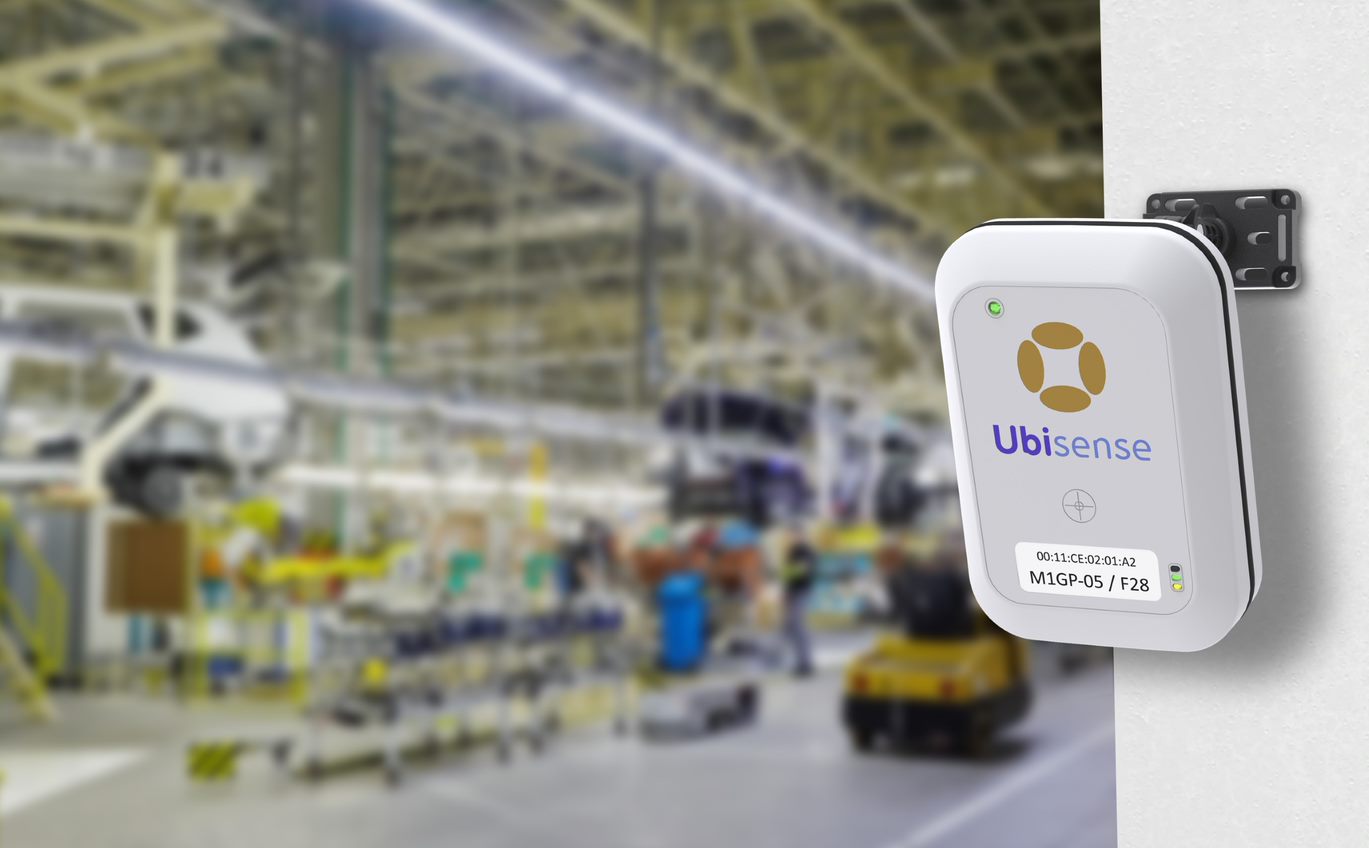Top 3 RTLS Applications for 2025: Transforming Industries with Real-Time Visibility
In an era where digital transformation is reshaping industries, Real-Time Location Systems (RTLS) are becoming an essential tool for improving efficiency, safety, and decision-making. From hospitals to manufacturing plants to global supply chains, RTLS is providing organizations with unparalleled visibility into their operations.
As we step into 2025, RTLS adoption is set to accelerate, with 75% of manufacturers expecting it to be ubiquitous by 2028. But beyond manufacturing, healthcare and logistics are two sectors where RTLS is having an equally profound impact.
This article explores the top three RTLS applications for 2025, the benefits they bring, and how they are revolutionizing industries.

1. Healthcare: Enhancing Patient Safety and Operational Efficiency
One of the most critical applications of RTLS in 2025 is in healthcare, where real-time tracking of patients, staff, and medical equipment is improving patient safety, reducing costs, and enhancing operational efficiency.
Key RTLS Applications in Healthcare
Patient Tracking for Improved Safety and Care
- Hospitals can track patient movements in real time, preventing unauthorized exits and reducing the risk of patient elopement, particularly for dementia and Alzheimer’s patients.
- Emergency response times are reduced as doctors and nurses can immediately locate patients in need of urgent care.
Asset Tracking for Faster Access to Critical Equipment
- Many hospitals report that staff spend up to 30% of their time searching for equipment. RTLS-enabled tags help locate IV pumps, defibrillators, wheelchairs, and ventilators instantly, ensuring life-saving devices are available when needed.
- RTLS also reduces theft and loss of expensive medical devices.
Staff Location and Workflow Optimization
- RTLS helps optimize staff movements, identifying bottlenecks in hospital workflows and ensuring better allocation of resources.
- In busy emergency departments, tracking staff movement ensures that doctors and nurses are deployed efficiently, reducing patient waiting times.
Real-World RTLS in Healthcare
The Mayo Clinic and Cleveland Clinic have already adopted RTLS for asset tracking and patient management, reporting significant reductions in lost equipment and improved emergency response times.
According to research from The Business Research Company, the RTLS market in healthcare is expected to grow rapidly through 2025 due to increased demand for patient tracking and inventory management solutions. (Read more)
2. Manufacturing: Driving Efficiency and Reducing Costs
The manufacturing sector has been one of the biggest adopters of RTLS technology, using real-time tracking to optimize production processes, reduce downtime, and enhance worker safety.
Key RTLS Applications in Manufacturing
Work-in-Progress (WIP) Tracking for Production Efficiency
- RTLS allows manufacturers to track products as they move through the production line, reducing bottlenecks and ensuring timely completion.
- If a product falls behind schedule, alerts can be sent to production managers in real time.
Asset Tracking for Machinery, Tools, and Inventory
- Factories that use RTLS tags on tools and machinery reduce search times by up to 90%.
- Automakers and aerospace manufacturers use RTLS to track high-value parts in just-in-time (JIT) manufacturing processes.
Worker Safety and Compliance Monitoring
- In hazardous environments, RTLS can track employee movements, ensuring workers do not enter restricted or unsafe areas.
- In case of an emergency, RTLS wearables can detect falls or worker distress and trigger instant alerts.
To see some companies that have implemented RTLS solutions, take a look at the Ubisense case studies page.
3. Logistics and Supply Chain: Achieving End-to-End Visibility
The supply chain industry has faced immense disruptions in recent years, from global shortages to transportation delays. RTLS is emerging as a key solution to improve visibility, enhance security, and streamline operations in warehousing and transportation.
Key RTLS Applications in Logistics & Supply Chain
Warehouse Inventory Management for Faster Fulfillment
- Companies like Amazon and DHL use RTLS to track package locations in warehouses, ensuring faster order fulfillment and reducing misplaced inventory.
- RTLS enables real-time bin location tracking, reducing errors in pick-and-pack operations.
Cold Chain Monitoring for Perishable Goods
- Pharmaceutical and food supply chains require strict temperature control.
- RTLS ensures temperature-sensitive products like vaccines, frozen foods, and chemicals are transported within safe temperature ranges by integrating with IoT-enabled sensors.
Fleet Tracking for Route Optimization
- Real-time tracking of trucks, ships, and delivery vehicles improves fleet efficiency, reduces fuel consumption, and enhances customer delivery estimates.
- Companies like UPS and FedEx leverage RTLS-powered route optimization to reduce delivery times.
The Impact of RTLS on Supply Chain Efficiency
A study by McKinsey & Company found that companies using RTLS for supply chain visibility saw a 20% improvement in on-time deliveries and a 15% reduction in transportation costs.
With supply chain resilience becoming a major focus in 2025, RTLS will continue to be a critical enabler of efficiency and cost savings.
Why RTLS Will Be a Game-Changer in 2025
With the increasing need for automation, efficiency, and real-time decision-making, RTLS is no longer a luxury but a necessity for businesses looking to remain competitive.
The applications of RTLS in healthcare, manufacturing, and logistics showcase its potential to enhance efficiency, improve safety, and reduce costs.
Ubisense: The Future of RTLS Solutions
At Ubisense, we help businesses leverage RTLS to drive real-time operational visibility and transform industry processes.
Explore how Ubisense’s RTLS solutions can benefit your business: https://ubisense.com/solutions/
External Resource: Industry Insights on RTLS Trends
Final Thoughts
As we enter 2025, RTLS adoption is accelerating, providing businesses with unparalleled visibility and control over their operations. From hospitals reducing wait times to factories optimizing production and supply chains ensuring smooth deliveries, RTLS is reshaping industries in real time.
The question isn’t whether RTLS will be adopted, but rather how quickly businesses can implement it to gain a competitive edge.
Are you ready to take the next step in real-time visibility?
Contact Ubisense today to explore how RTLS can revolutionize your business!
